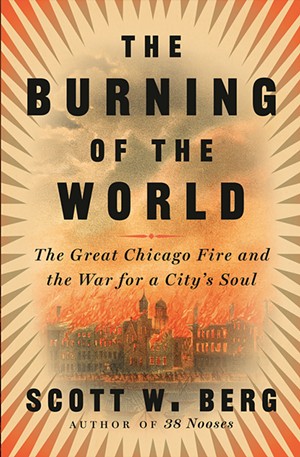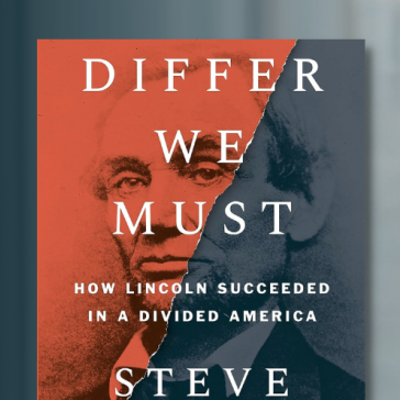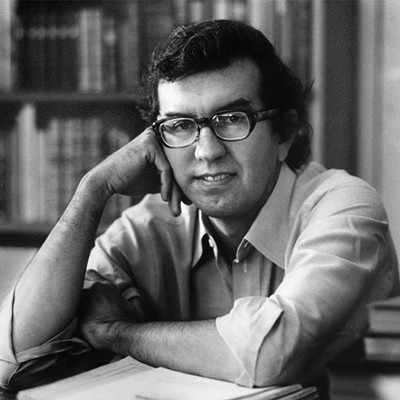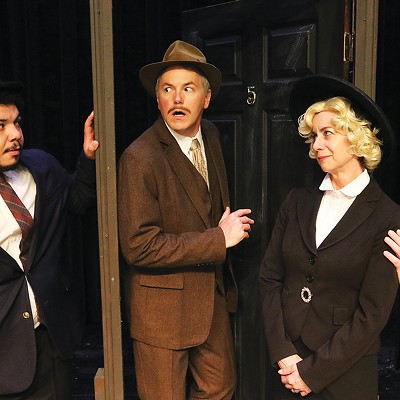
In October 1871 many residents of the youthful city of Chicago were experiencing a drought of catastrophic proportion. The last measurable rain had occurred in early July and for 13 weeks not a drop of rain had fallen in the city. In the first week of October, Chicago's 193 firemen had fought 28 fires. Across the city, in every neighborhood, buildings had burned. Then a minor fire broke out in the barn of Irishwoman Kate Leary, an Irish immigrant. It was followed by a series of unfortunate mishaps and misunderstandings and a high southwesterly wind, setting the stage for an unmitigated disaster. The fire quickly overtook the city. Nowhere was safe. Residents fled their houses with whatever they could carry. The Chicago River boiled. By the time the Chicago Fire was extinguished, 17,500 buildings had been destroyed and hundreds of people died, with an exact number impossible to determine. Legends were born, including the attribution of the fire to Kate Leary's cow, although the Chicago City Council officially exonerated her in 1997.
Scott Berg's The Burning of the World: The Great Chicago Fire and the War for a City's Soul is the historical account of the Chicago Fire, but it is far more than the grim recreation of the conflagration itself. At the time of the fire, Chicago was only a 34-year-old city. It had become a haven for immigrants from Ireland, Germany, Poland and other European nations. It had also become the transfer port for goods and materials moving both east and west across the United States. There was never any doubt that Chicago would be rebuilt from the destruction. The Burning of the World is a story of what rose from the devastation of the Chicago Fire, and how some of the actions and politics of that rebirth still influence Chicago today.
Berg's historical account covers not only the fire, but the reaction and recovery of the city. Any quality historical account, as this book certainly is, includes a study of those people who shaped Chicago's rebirth as well as the influential events around them. One such influence comes from the communication technology available in 1871. In addition to telegraph now reaching all areas of America, the transatlantic cable was in operation. The fire was reported in Europe immediately. As Chicago began its recovery, it would often welcome foreign leaders who would visit the city, both to view the destruction and planned recovery and to show their support for Chicago and its residents. Occasionally they would bring donations as well. Any student of Chicago history will not be surprised to learn that the use and distribution of those donations became part of a post-fire policy conflict between city politicians and the business community. Both camps had strong and selfish views about where those funds could best be spent.
The political machinations of Chicago's rebuilding from the great fire receive substantial coverage from Scott Berg. Marshall Field, a leading merchant of the city at the time of the fire, future mayor Joseph Medill and city alderman C.P. Holden are just a few of the personalities who would stake out positions in post-fire Chicago that saw battles between the business community business and the working citizens of the city. Many of the issues debated during the reconstruction can still be found in Chicago disputes today, even though the city has physically recovered from the disastrous fire of 1871.
The Burning of the World is an absorbing history truly capturing the spirit of Chicago. While there have been many books written about the great fire, Berg wanted to write a story of the politics of disaster once the fire was extinguished and the recovery commenced. As Berg observed in a pre-publication interview, "People sensed opportunity in the aftermath of a disaster." If a city can be the subject for a historical biography, Scott Berg has written that biography for a critical portion of the life of the dominant city in Illinois.
Judge Stuart Shiffman of Springfield retired in 2007. He reviews books on sports, law, history and a range of subjects for Illinois Times and other publications.




















